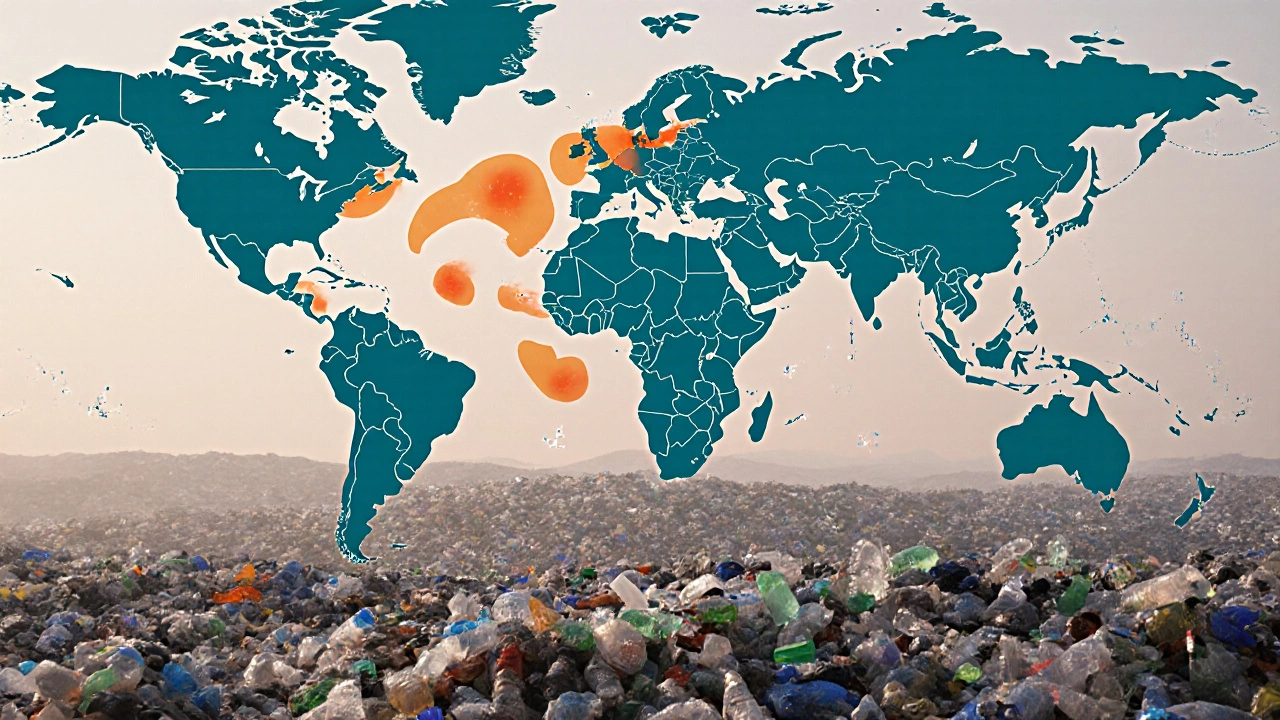
Top Plastic Waste Countries: Who Leads the Waste Crisis?
Discover which nation tops the plastic waste chart, why it happens, and what policies and personal actions can help cut the global plastic crisis.
When working with Plastic Manufacturing, the set of processes that turn raw polymers into finished parts, from extrusion and injection molding to thermoforming and 3‑D printing. Also known as plastic production, it fuels sectors like automotive, packaging, and consumer goods. Plastic Manufacturing encompasses raw material sourcing, design engineering, and end‑of‑life management, creating a value chain that touches everything from oil refineries to retail shelves. In India, the sector adds billions to GDP and offers thousands of jobs, making it a key driver of economic growth. The industry’s push toward lightweight components and sustainable blends shows how technology and policy intersect, shaping the future of manufacturing across the subcontinent. Exports to Southeast Asia and Europe have surged, thanks to competitive tooling costs and a growing pool of skilled engineers.
The foundation of any plastic product lies in its raw materials. Historically, petrochemical feedstocks derived from crude oil and natural gas dominate the supply chain, delivering monomers such as ethylene, propylene, and styrene. Among these, Polypropylene, a versatile polymer identified by the recycling code 5, powers everything from food containers to automotive parts because of its high melt flow and resistance to fatigue. Plastic manufacturing requires a steady flow of these monomers, so fluctuations in oil prices directly affect production costs. Recent advances are introducing bio‑based alternatives, where plant‑derived sugars replace fossil inputs, aiming to lower carbon footprints while maintaining performance. Companies are also adopting closed‑loop recycling, capturing post‑consumer waste and re‑injecting it into new resin streams, a move that tightens the material loop and reduces dependence on virgin feedstock. Regulators are tightening limits on volatile organic compounds, pushing producers to adopt cleaner processes and certify their polymers under standards such as ISO 14001. Understanding where the raw material originates helps manufacturers choose the right grade, predict cost trends, and meet increasingly strict sustainability standards set by regulators and consumers alike.
Leadership in the market often comes down to who can blend technology, scale, and quality. Top Plastic Manufacturers, the global firms that dominate production volumes, invest heavily in R&D, and set industry standards for material performance such as injection‑molded precision parts, specialty films, and medical‑grade components, steer the direction of the whole sector. Their heavy investment in automation, AI‑driven process control, and advanced polymer blends enables faster cycle times and tighter tolerances, giving downstream users a competitive edge. In India, home‑grown giants are expanding capacity to meet both domestic demand and export opportunities, while multinational players bring cutting‑edge technologies like gas‑assisted molding and multi‑material printing. These leaders also influence regulatory frameworks, as their compliance programs often become templates for smaller suppliers. Digital twin simulations now let manufacturers test mold designs virtually, slashing material waste before a single shot is run. By tracking their product launches, sustainability pledges, and capacity expansions, stakeholders can anticipate shifts in price, availability, and emerging applications ranging from lightweight automotive frames to reusable packaging solutions.
No discussion of plastic manufacturing is complete without looking at the waste side of the equation. Plastic Waste, the discarded polymer material that ends up in landfills, oceans, or recycling streams poses a huge challenge, but it also creates an opportunity for circular design. Countries with high recycling rates push manufacturers to design for disassembly, use mono‑material constructions, and label polymers clearly, which in turn affects material selection at the factory floor. In India, recent policy moves aim to boost collection infrastructure and increase the share of recycled content in new products, nudging manufacturers toward greener formulations. Advanced sorting technologies, chemical recycling, and upcycling initiatives are turning what was once a liability into a feedstock for new high‑value items. Consumers increasingly demand products with recycled content, prompting brands to set ambitious targets like 30 % post‑consumer resin by 2030. By integrating waste considerations early—through choices like recyclable polypropylene grades or additive‑free recipes—companies can lower end‑of‑life costs, meet corporate sustainability targets, and appeal to eco‑conscious buyers.
Below you’ll find a curated set of articles that dig deeper into each of these themes. From a country‑by‑country look at plastic waste to a breakdown of the best plastic manufacturers for 2025, we’ve gathered insights that help you understand raw material origins, decoding the “5 PP” mark, and the role of polypropylene in everyday items. Use these resources to spot trends, benchmark performance, or simply satisfy your curiosity about how plastic manufacturing shapes our world. Whether you’re a plant manager, a design engineer, or just a curious reader, these pieces give you the facts you need to act.

Discover which nation tops the plastic waste chart, why it happens, and what policies and personal actions can help cut the global plastic crisis.
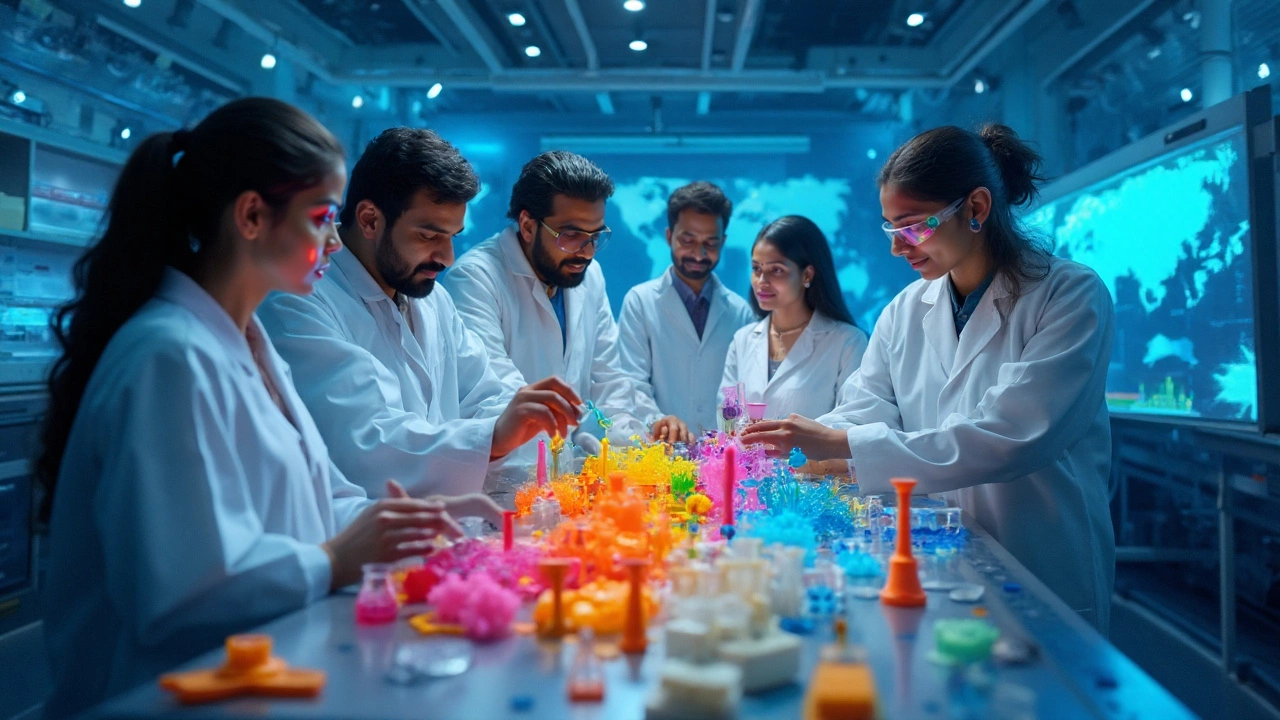
Searching for the best plastic company? Discover which global plastic giants are setting the standard in 2025, their specialties, innovations, and why they top the market.
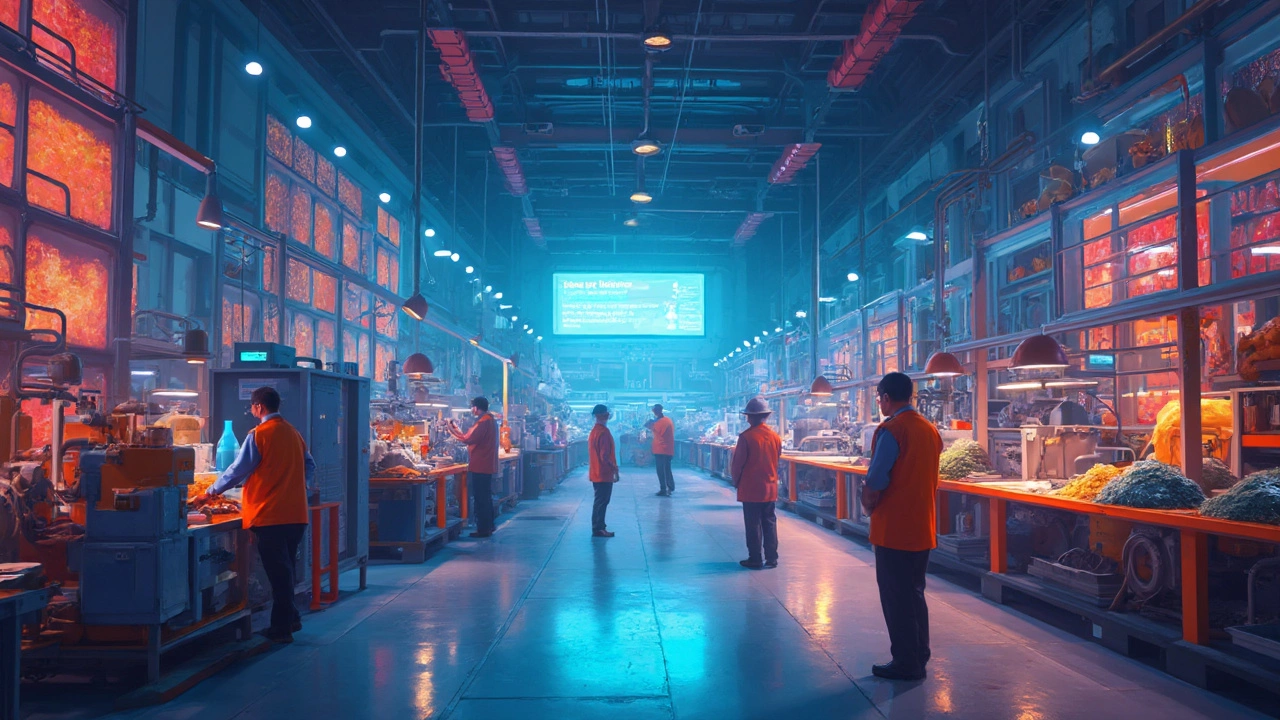
Understanding the leading company in plastic manufacturing is crucial for stakeholders in the industry. This article unravels the top player in the plastic sector, shedding light on what propels them to the forefront. Find interesting facts about their business practices and innovations. Learn how their dominance affects the market and what trends they spearhead. Discover practical insights that might influence future decisions in plastic manufacturing.
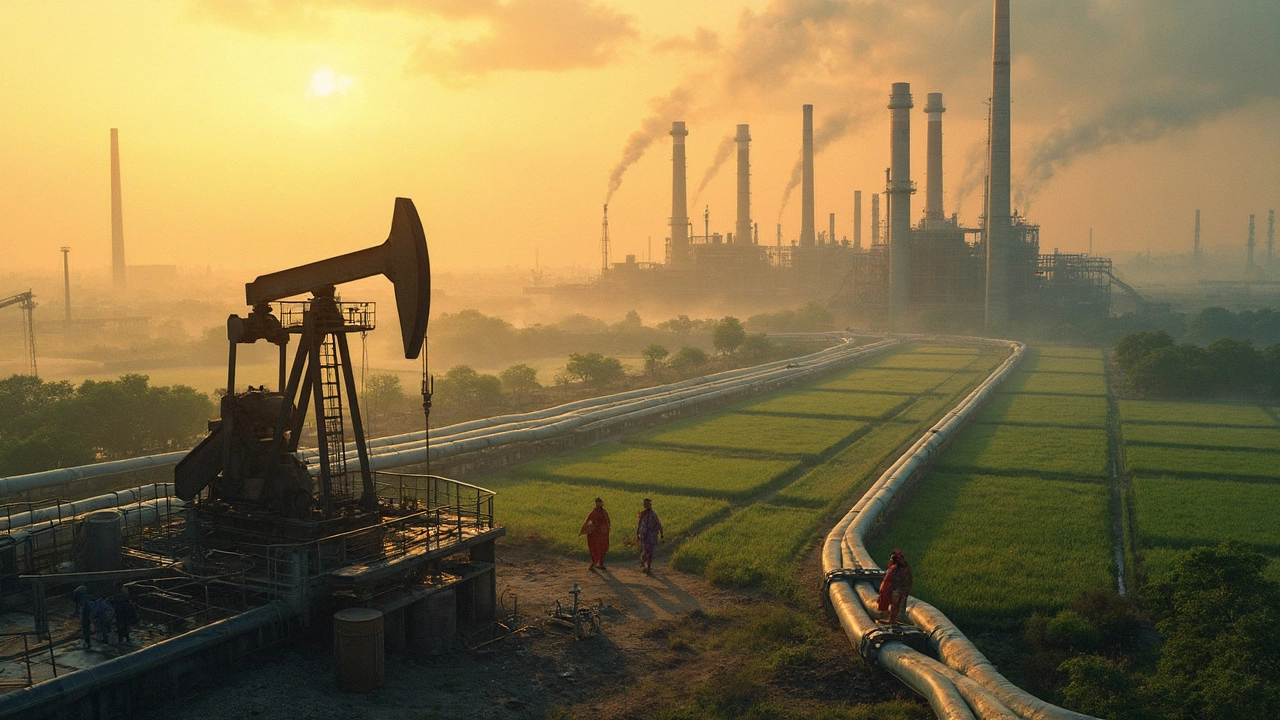
Plastics are everywhere, but where do the materials that make them originate? This article delves into the primary raw materials used in plastics production, highlighting the sources and processes involved. Unlock interesting facts about petrochemicals, the role of fossil fuels, and the evolving landscape of sustainable alternatives. Whether you're industry-savvy or just curious, discover the journey from raw resources to everyday products. Gain insight into the impact on our environment and what the future holds.
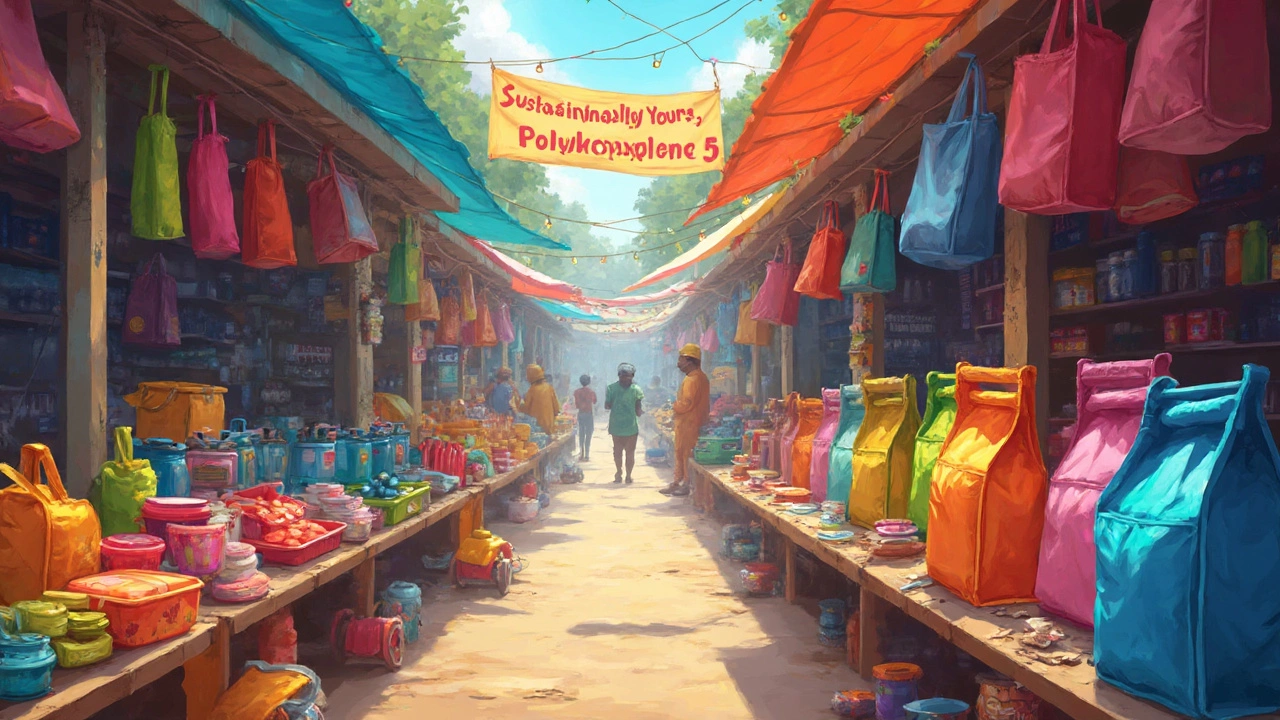
Explore the world of Code 5 plastic, better known as polypropylene, and its significance in the manufacturing industry. Learn about its common uses, recycling potential, and environmental impact. Uncover amazing facts about how this versatile plastic contributes to everyday products. Consider practical tips for recycling and managing polypropylene waste. This article provides a comprehensive understanding of why polypropylene is a key player in the world of plastics.
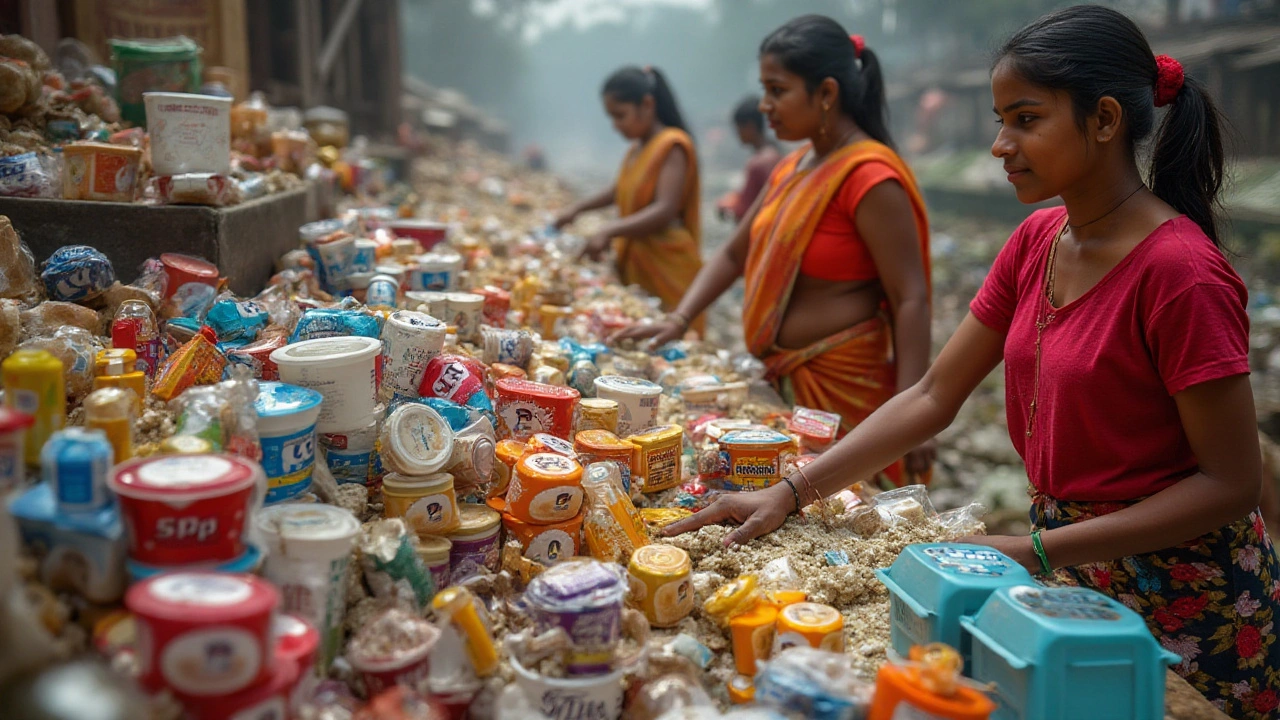
The "5 PP" symbol on plastic products indicates the type of plastic material used known as polypropylene. This widely used polymer is valued for its durability and versatility, seen in everything from yogurt containers to automotive parts. Understanding this marking is crucial for properly recycling and repurposing plastic goods, enhancing the sustainability efforts within industries and households. In this article, we explore the properties, applications, and environmental impact of polypropylene to better inform consumer and industry practices.